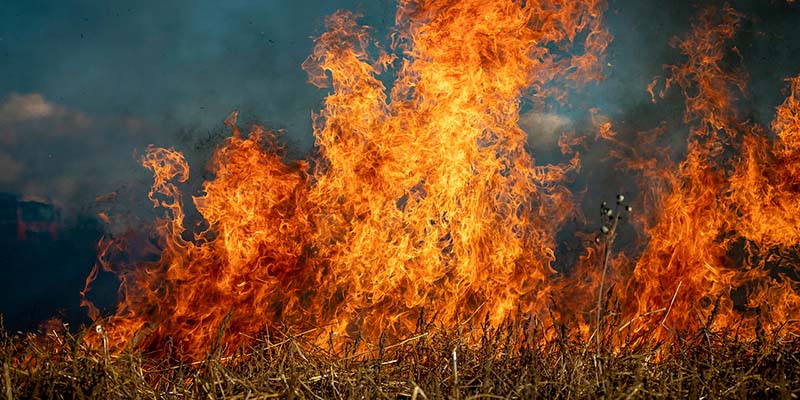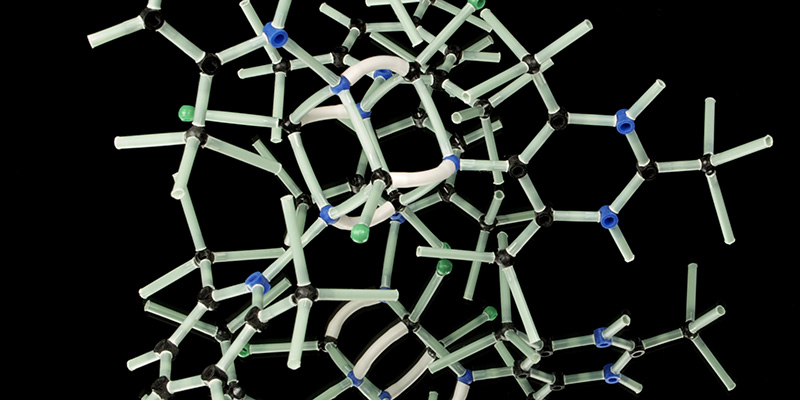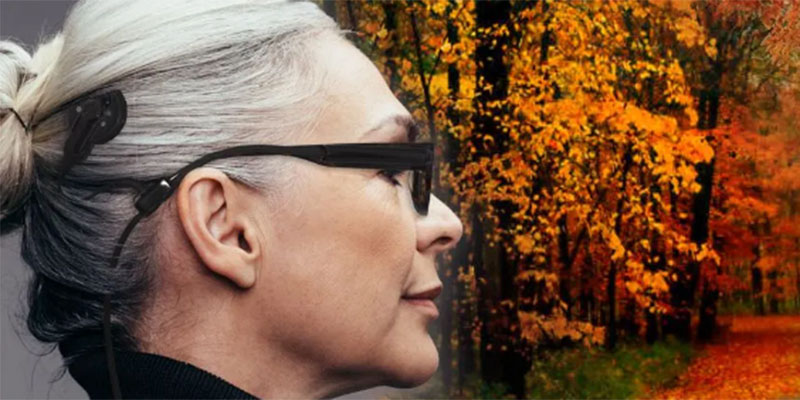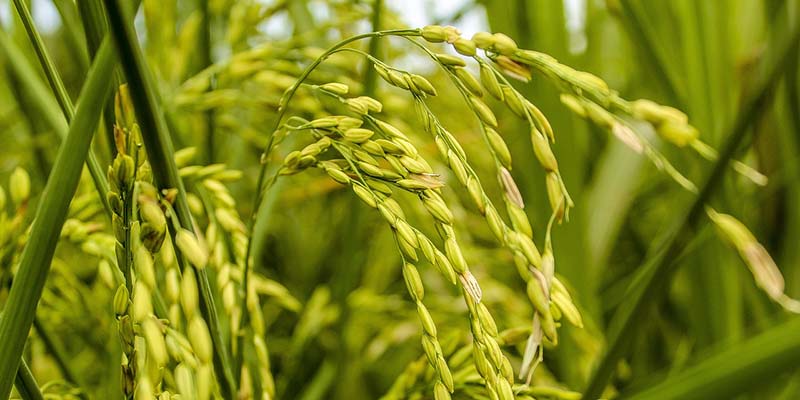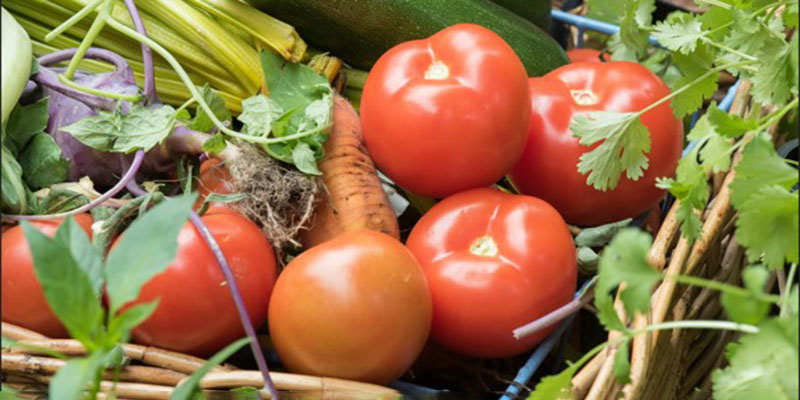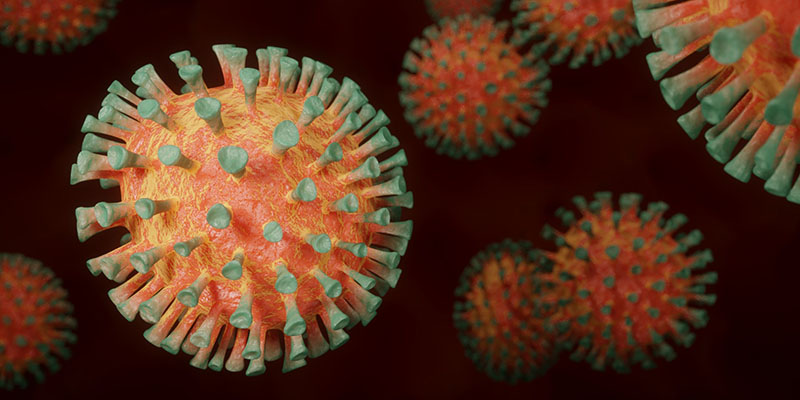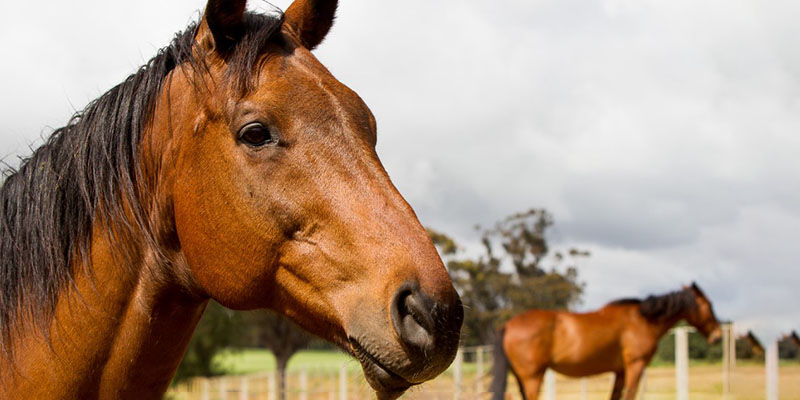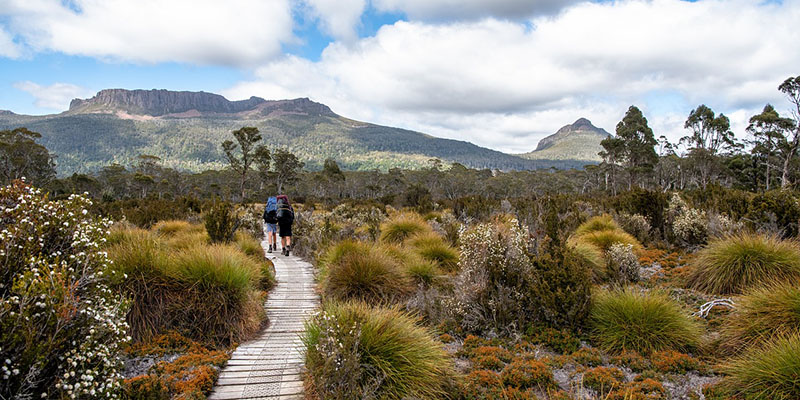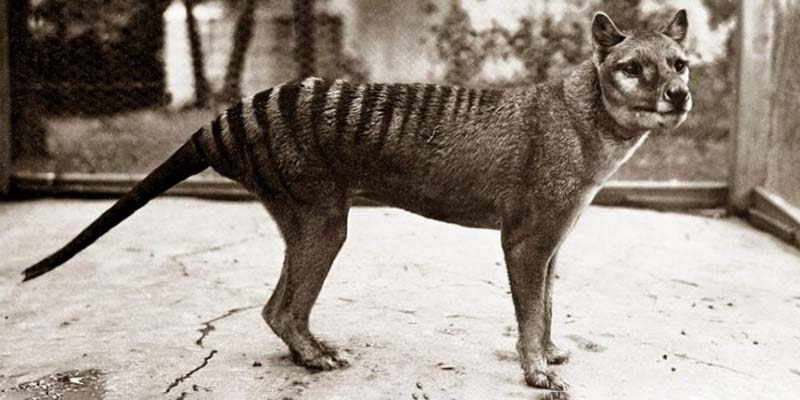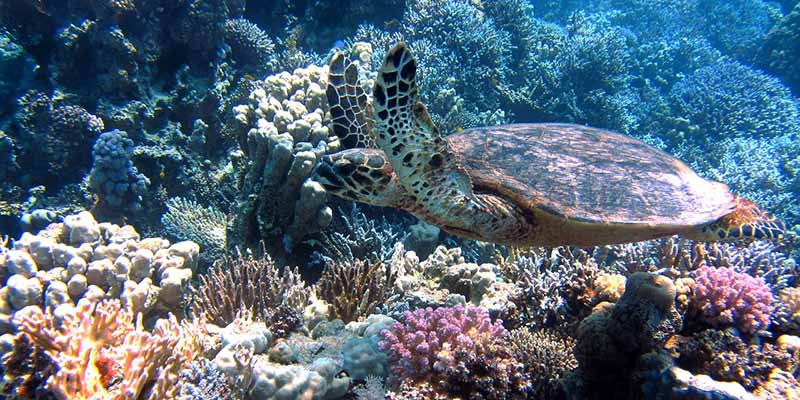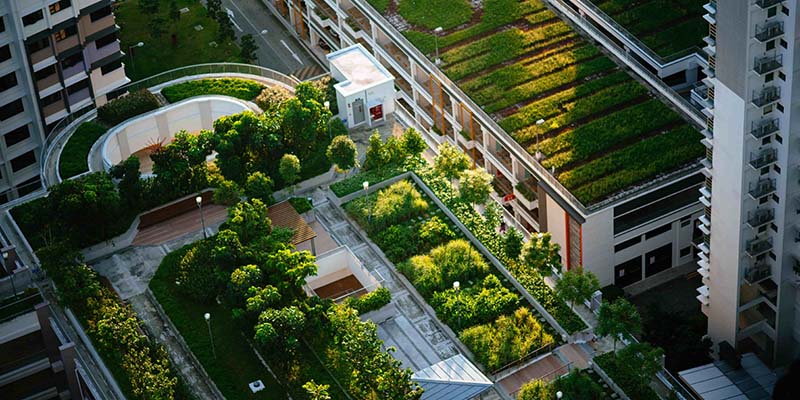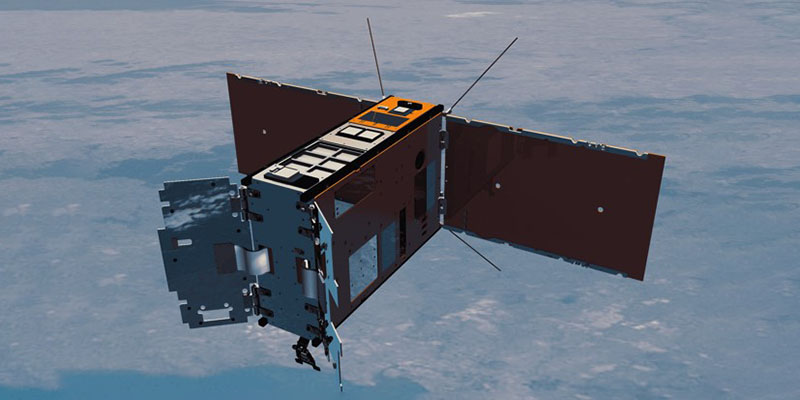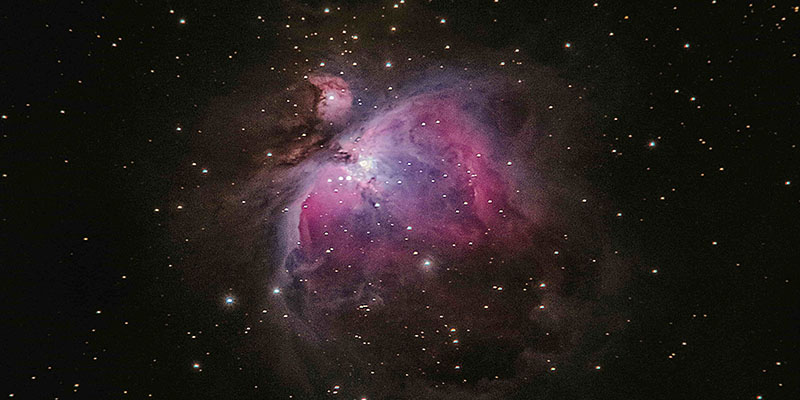Discoveries, breakthroughs and real-world impact
Find out how our scientists – both past and present – are making the world a better place.
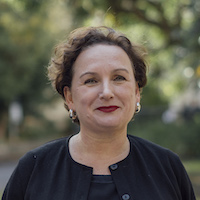
Dean of Science
The University of Melbourne is an institution that has built a world class reputation for quality of research and impactful scientific discoveries. From early theories and research at the turn of the century, the Faculty of Science has continually attracted scientists and researchers who are pushing the boundaries in their fields.
Historic breakthroughs
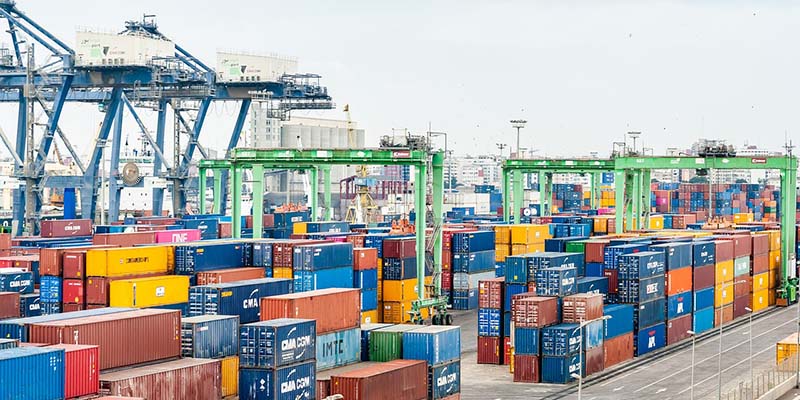
Pioneering computer programming for optimal solutions
In 1960, two young women, A.H. Land and A.G. Doig, published a ground-breaking paper on optimisation that has been applied to many fields including logistics, telecommunications, and cancer treatment. Alison Doig (later Harcourt) enjoyed a long career at the University of Melbourne that included formulating the Australian poverty line, and exposing bias in voting forms, leading to changes to the Commonwealth Electoral Act.
Related research: Alison Harcourt's legacy is being extended by researchers like Professor Kate Smith-Miles, whose work in applied mathematics includes numerous industrial optimisation projects, while the next generation of optimisation leaders are trained through OPTIMA.
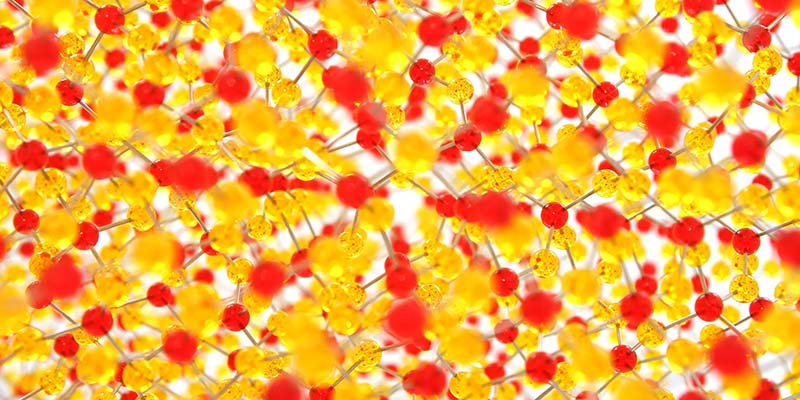
Inventing a new field of chemistry
In the 1980s, Professor Richard Robson invented a revolutionary class of solids called metal-organic frameworks (MOFs). Inspired by the rod-and-ball models used to teach the structure of crystals, he developed large chemical structures that can contain gases or liquids, or hold electric charge, acting as chemical storage, catalytic reactors, superconductors, and many other useful products.
Related research: Associate Professor Lars Goerigk is developing advanced computer models to analyse the form and behaviour of chemical structures including MOFs.
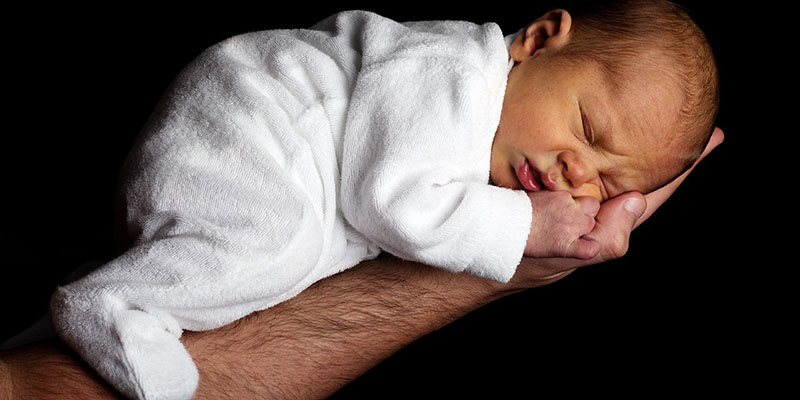
IVF breakthrough gives birth to three million babies
Infertility affects one in six couples, with many attempting in vitro fertilisation (IVF). Historically, to allow for frequent failure, multiple embryos were implanted simultaneously, which could lead to miscarriage, or produce twins or triplets. By pioneering embryo health screening, Professor David Gardner has increased successful single embryo transfers, resulting in more than three million births.
Related research: Dr Deidre Mattiske is studying the impacts of plasticisers and pesticides on fertility, while Dr Brendan Houston is part of an international group developing the elusive male contraceptive pill.
Tomorrow’s technology

The future is quantum: Making Australia ready
Quantum computers could solve complex problems that are far beyond today’s classical computer systems. Over the last two decades, IBM Quantum Hub – run by Professor Lloyd Hollenberg – has designed a full-scale silicon quantum computer; established a quantum computer simulation environment for software development and programmer training; and set a world record in simulating quantum power on a classical computer.
Related research: Quantum computers provide a platform for physicists to engineer and investigate novel states of matter that cannot be found in nature, such as the time crystals that Associate Professor Stephan Rachel has created.
The computer program changing how we fight fires
Developed by Associate Professor Kevin Tolhurst and programmer Derek Chong, PHOENIX RapidFire is a fire simulation model that rapidly predicts how fire will progress across landscapes under different weather and suppression scenarios, and its potential impact on houses, power lines, water catchments and biodiversity. Predictions can be sent to fire controllers in the field, helping to save lives, natural assets, and properties from bushfires.
Related research: Associate Professor Luke Kelly received the Woodward Medal in Science and Technology for his studies of the impact of global fire patterns on the extinction risk of thousands of species.
Switching on new molecular devices
Professor Colette Boskovic’s research group studies and synthesises a range of inorganic molecules and molecular systems that can function as magnets, switches, or light sources, controlled by changes in their environment. This work has potential applications in quantum computing, high density data storage, molecular electronics, and display devices.
Related research: Zahra Zahir is investigating means of ‘flipping’ molecular switches, including changes in temperature.
Image credit: Unsplash - Photoholgic
Putting a sparkle in Australia’s bionic eye
Image credit: Bionic Vision Technologies.
Director of the Melbourne Materials Institute, Professor Steven Prawer, synthesised bio-compatible diamonds (not actually sparkly) that can be used as electrodes to stimulate nerves, helping to create the first retinal-implant bionic eye. This world-leading research was supported by a $42 million grant from the Australian Research Council and is being commercialised by Bionic Vision Technologies.
Related research: Professor Ann Roberts has made significant advances in the computational and experimental study of plasmonic devices, metamaterials, and nanoscale antennas.
Food and health
Designing more nutritious crops to fight hidden hunger
Worldwide, billions of people suffer from 'hidden hunger': their food provides enough calories but lacks essential nutrients such as iron – which prevents anaemia – or zinc, which supports immunity and childhood growth. To address potentially fatal dietary deficiencies, Professor Alex Johnson's team developed rice genetically fortified with iron and zinc.
Related research: Aiming to contribute to global food security and human nutrition, Dr Jesse Beasley worked on biofortified bread wheat for his doctorate.
Fair food for current and future Melbournians
Dr Rachel Carey leads the Foodprint Melbourne project, investigating how to strengthen Melbourne’s food systems in the face of climate change, pandemics, population growth, urban sprawl and declining natural resources. The project partners aim to increase equitable access to fresh, healthy foods and promote sustainable production and consumption.
Related research: Professor Deli Chen is working on innovative nitrogen fertilisers to produce food more efficiently, with less pollution.
Mathematical modelling to protect human health
Professor James McCaw is a global leader in mathematical modelling of infectious diseases and was a key voice in the COVID-19 pandemic response. In collaboration with the Defence Science Technology Group, his team developed EpiFX, a forecasting tool that can use data collected by state health departments to predict disease spread in the event of a bioterrorist attack or influenza pandemic, for example, so responses can be optimised.
Related research: Professor Jennifer Flegg has developed mathematical models for the spread of resistance to antimalarial drugs and is working on data integration methods for infectious disease modelling.
Scanning for horse health and safety
Headed by Professor Chris Whitton, the Equine Centre Werribee has world-leading veterinary expertise and equipment, including a CT scanner – the first of its kind in Australia – that allows rapid imaging of standing horses to diagnose injuries or issues. The scanner is used to support enhanced safety measures and animal welfare in the racing industry and enables research into injury treatment and prevention.
Related research: To keep horses healthy, Dr Sarah Rosanowski examines international biosecurity practices and preparedness for disease incursions.
Science for our planet
Protecting and championing biodiversity
Professor Brendan Wintle spearheads biodiversity research at the University of Melbourne, to support better decision making and policy development for conservation. He is a Lead Councillor of the Biodiversity Council, which includes 11 founding universities, working with experts, communities, Traditional Owners, farmers, governments, and industries to solve Australia’s biodiversity crisis.
Related research: Dr Yung En Chee is studying the impacts of urban growth and climate change on Australia’s freshwater species, including the platypus.
Bringing back the Tassie Tiger and protecting marsupial biodiversity
Led by Professor Andrew Pask, the TIGRR Lab focuses on marsupial conservation and restoration, including bringing the thylacine (Tasmanian tiger) back from extinction. The lab has mapped the thylacine genome using DNA from a museum specimen and is developing techniques to make an embryo using marsupial stem cells, and transfer it to a surrogate mother, such as a Tasmanian devil.
Related research: Dr Jane Fenelon is investigating how Tamar wallabies can pause and resume pregnancies, a phenomenon known as embryonic diapause.
Climate resilience: saving stressed coral reefs
During heatwaves, corals lose the nourishing microalgae that normally live inside them, turn white, and starve. Professor Madeline van Openn is accelerating naturally occurring evolutionary processes to create corals with greater resilience to the warm and acidic ocean environments caused by climate change.
Related research: Dr Justin Maire is investigating howrecently discovered bacteria inside the microalgae that inhabit corals might help to prevent coral bleaching.
Greening our cities, one roof at a time
Led by Professor Steven Livesley, Associate Professor John Rayner and Professor Nick Williams, at the University's Burnley campus, the Green Infrastructure Research Group is leading research into technology, plant selection and maintenance of green roofs. Their guidelines are used by councils, developers, horticulturalists, and property owners, to conserve water, lower the temperature of our cities, and increase residents’ wellbeing.
Related research: Dr Kate Lee is investigating the impacts of green roof views on psychological wellbeing and performance, with implications for designing better workplaces and more sustainable and liveable cities.
Beyond Earth
A small satellite makes a giant leap for Australia's space industry
Launching in 2023, with high-performance communications, propulsion and thermal management, the SpIRIT satellite will search for gamma ray bursts. Funded by the Australian Space Agency and built by a consortium led by the Melbourne Space Laboratory, directed by Professor Michele Trenti, SpIRIT will be the first Australian-made spacecraft to host a foreign space agency payload: an X-ray detector from the Italian Space Agency.
Related research: Associate Professor Katie Auchettl uses space- and ground-based astronomical instruments to study extreme deaths of stars, including supernovae and star destruction by black holes.
Delving into dark matter
Eighty-four per cent of the matter in the Universe is mysterious, invisible ‘dark matter’. As Director of the ARC Centre of Excellence for Dark Matter Particle Physics, Professor Elisabetta Barberio is positioning Australia as a leader in the quest to understand dark matter, including state-of-the-art experiments at the Stawell Underground Physics Laboratory, the only one of its kind in the Southern hemisphere.
Related research: In contrast, Professor Rachel Webster studies the first sources of light in the Universe. She is a Chief Investigator at the ARC Centre of Excellence for Astrophysics in 3D (ASTRO-3D).
Getting involved in our research
-
Study with us
With a comprehensive and flexible range of programs, we deliver impactful educational outcomes, underpinned by research, and an inclusive and inspiring student experience. Join our global and collaborative community in search of solutions to today’s most challenging issues.
-
Industry engagement
Work with us on research collaborations, technology licensing, student internships and more. Start the conversation today.
-
Giving to Science
Our generous benefactors make it possible for our best and brightest science talent to flourish, and find solutions to the issues that matter most. Our donors are powering science – find out how.
